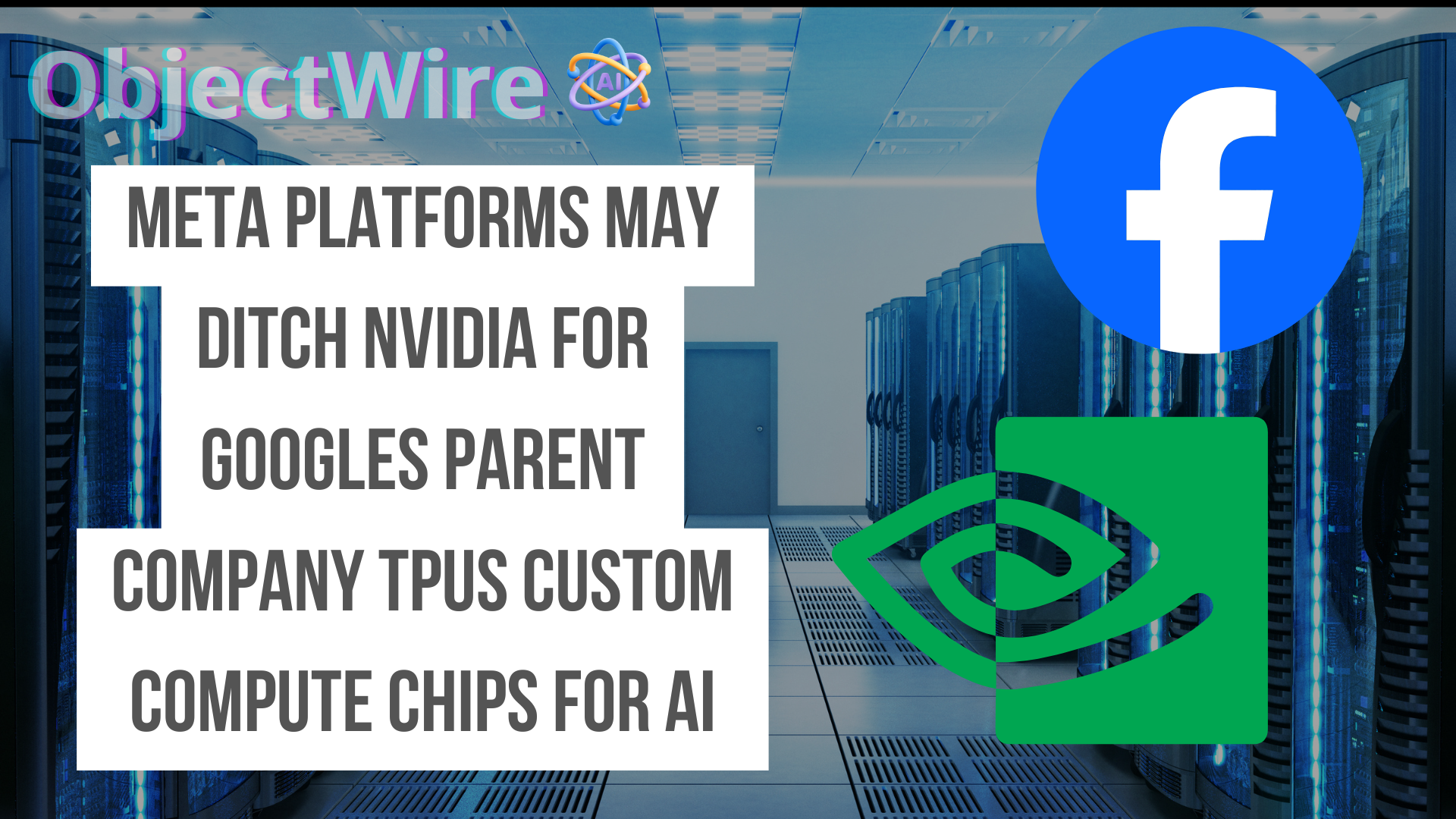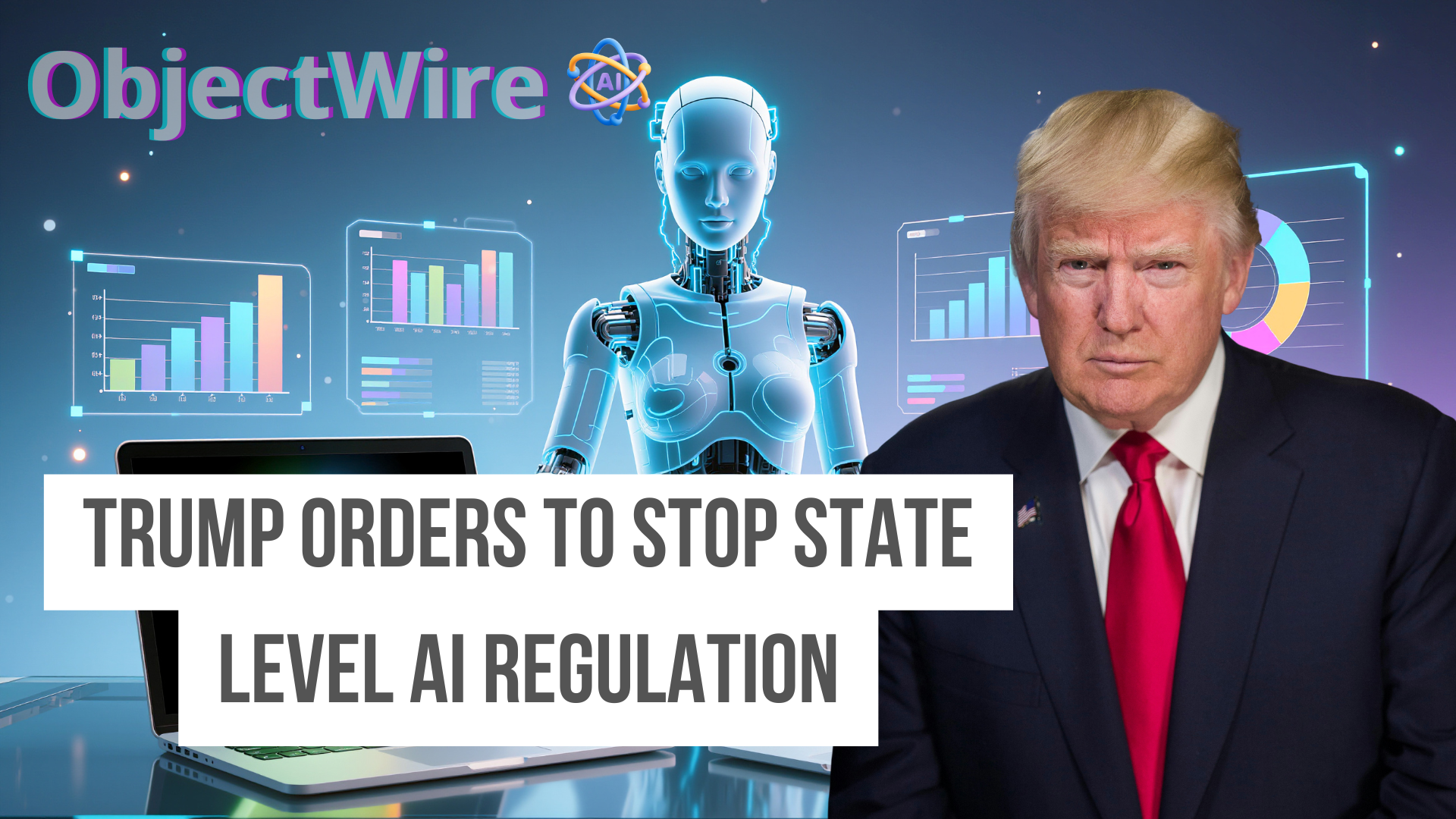The Coalition For Humane Immigrant Rights And What Do They Have To Do With Mayor Karen
Wondering what CHIRLA, the Coalition for Humane Immigrant Rights, is all about and how they're linked to Los Angeles Mayor Karen Bass's cash cards program for immigrants scared to go to work due to ICE raids?
With immigration issues heating up, understanding groups like CHIRLA is key for anyone following immigrant rights in Los Angeles.
What is CHIRLA? History of the Coalition For Humane Immigrant Rights?
CHIRLA, short for the Coalition for Humane Immigrant Rights, is a leading nonprofit based in Los Angeles dedicated to protecting and advancing the rights of immigrants and refugees across the U.S. Founded in 1986 after the Immigration Reform and Control Act, CHIRLA started as a response to unfair immigration policies and has grown into a powerhouse for advocacy, education, and community support.
Their work focuses on building a society that values immigrants' contributions, ensuring equal rights regardless of status. At its core, CHIRLA empowers immigrants through storytelling, activism, and policy changes at local, state, and national levels.
CHIRLA is Building an Inclusive Society for ImmigrantsSince 1986
CHIRLA's mission is straightforward: to create a just society fully inclusive of immigrants, advancing their human and civil rights.
Key strategies include community education, leadership development, and advocacy. For example, CHIRLA offers resources to help immigrants understand their rights and access services safely.
In their work with Mayor Karen Bass, they've supported initiatives like cash assistance cards, which provide financial relief to immigrants hesitant to work due to fears of deportation or raids.
Key Initiatives and Programs by CHIRLA in 2025
CHIRLA runs several programs to empower immigrant communities in Los Angeles and beyond. Policy advocacy is a big focus, challenging anti-immigrant laws and pushing for investments in immigrant communities. They also provide low-cost legal services, recognized by the Board of Immigration Appeals, including help with applications and representation.
Organizing efforts involve rallies, voter outreach via the Immigrant Political Power Project, and volunteer opportunities for marches and events.
Mayor Karen Bass and Her Support for Immigrant Communities in LA
Los Angeles Mayor Karen Bass has been a strong ally for immigrants since taking office. She's issued executive directives to protect communities from federal enforcement, like the one in July 2025 responding to unlawful ICE raids.
Bass works with groups like CHIRLA to ensure immigrants' voices are heard and needs met, fostering inclusivity. One key move is providing cash assistance through cards distributed by nonprofits, helping families impacted by raids.
These cards, with a couple hundred dollars each, aim to ease financial burdens for those afraid to work due to immigration fears, similar to past programs like Angeleno Cards during COVID.
The Collaboration Between CHIRLA and Mayor Bass on Cash Cards
CHIRLA and Mayor Bass's partnership shines in their response to recent ICE activities. In June and July 2025, amid protests and raids in areas like MacArthur Park, Bass held press conferences with CHIRLA's Executive Director Angelica Salas to address concerns.
CHIRLA is key in distributing these cash cards, funded privately, to affected immigrants.
The cards help workers who skip shifts out of fear, providing quick relief and security. This initiative bridges government and community, with CHIRLA using its expertise for outreach and education.
It reaffirms CHIRLA's mission while enhancing LA's policies to protect diverse residents.
CHIRLA's Role in Providing Cash Cards for Vulnerable Workers
CHIRLA acts as a frontline distributor for Mayor Bass's cash card program, leveraging their community ties to reach those most in need. They educate immigrants on using the cards safely, building trust and encouraging economic participation without deportation fears.
As a liaison, CHIRLA ensures the program fits real-life challenges, like workplace exploitation. This effort empowers vulnerable workers, boosting their integration and contributions to LA's economy.
CHIRLA is a vital force for immigrant rights, and their work with Mayor Bass on cash cards in 2025 shows practical support for those afraid to work.
Stay informed on immigrant rights—groups like CHIRLA are making a difference daily.
Contact Us






